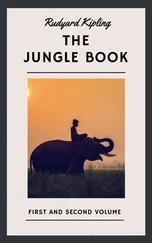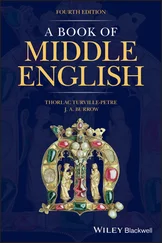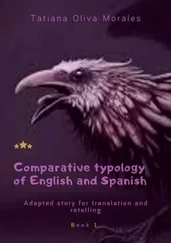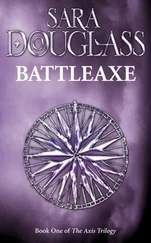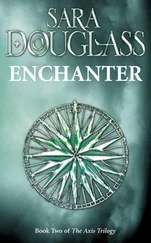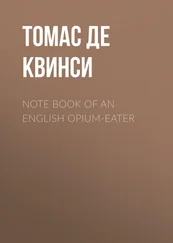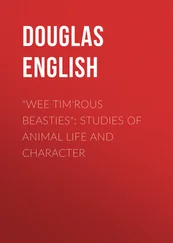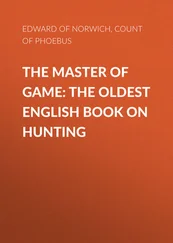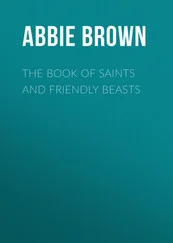The most beautifully made of all
You have two chances, too, of finding a dormouse's nest, for this mouse builds one nest for the babies, and another to sleep in through the winter. Both of them are rather big compared with the harvest-mouse's nest, and they are generally made of moss and leaves, often honeysuckle leaves, which the mother dormouse seems to like, though I can't tell you why.
The dormouse often makes a sleeping-nest at the side of a path through a wood, and does not seem to fasten it very carefully, for one sometimes finds it in the middle of a path, as if the dormouse had turned over in his sleep and sent the whole thing rolling. It may be, though, that some hungry animal has pulled the nest out, and thinking the dormouse dead, preferred to take the chance of finding something alive and warm, and so left it.
If you ever find a sleeping dormouse, which will feel quite cold, you should take the nest and all and keep it somewhere out of doors. For if you bring it into a warm house, it will wake up before its proper time and very likely die; but if you leave it alone until the spring comes, it will wake up as Mother Nature meant it to, and you will have a pet which you will like much better than one which you looked at in a shop window, and could not resist buying.
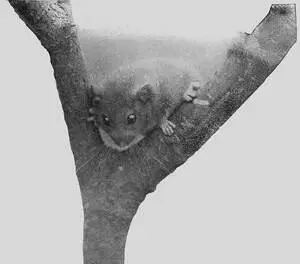
The Dormouse
Now there are other things for you to learn about animals' nests besides the kind of places in which you may hope to find them. To begin with, you must remember that an animal has not got the beautiful little nest-making tool which a bird has—I mean, of course, a beak. A bird's beak is used something like a knitting-needle, to thread the little wisps of hay and feathers and moss and things like that in and out and round about, until they stick where the beak tells them. I expect that animals use their teeth a little in the same way, but they use them more, I think, in biting leaves into strips, in softening hard stalks, and cutting thick grasses into thin ones, and I feel sure that they would find knitting very awkward, because of their thick lips. Most animals, instead of building a nest in front of themselves, build it round themselves. The first thing they do is to collect a little store of nest-material, and this they manage by biting and nibbling at anything which they think will be nice and soft, and carrying it away in their mouths. I expect most of you have seen a house-mouse's nest. It is usually made of scraps of paper and wool and fluff and other little rubbishes, which they can pick up behind the walls and under the floor. Sometimes, though, Mousey is not content with a common kind of nest, and gets into a hat-box and spoils a pretty hat, or into a drawer and spoils valuable papers. Once a mouse nibbled the date and the signature off a valuable paper of mine. That was all she took, but it gave me a great deal of trouble, for it was a legal paper, and it had to be done all over again. Sometimes Mousey chooses even queerer places. I will tell you three I have heard of; the first was a tin of gunpowder, the second was a box of cigars, and the third was a plum cake. The last sounds the nicest, doesn't it? But mousey is very fond of tobacco, and I have often seen her, when the house was quiet, nibbling at scraps of tobacco which I had dropped on the carpet.
Конец ознакомительного фрагмента.
Текст предоставлен ООО «ЛитРес».
Прочитайте эту книгу целиком, купив полную легальную версию на ЛитРес.
Безопасно оплатить книгу можно банковской картой Visa, MasterCard, Maestro, со счета мобильного телефона, с платежного терминала, в салоне МТС или Связной, через PayPal, WebMoney, Яндекс.Деньги, QIWI Кошелек, бонусными картами или другим удобным Вам способом.


